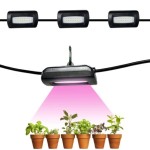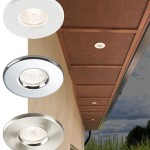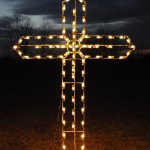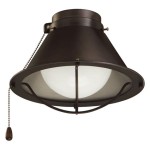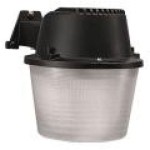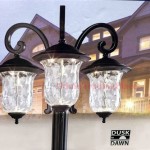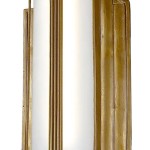How Does an Outdoor Wood Stove Work?
Outdoor wood stoves, also known as outdoor fireplaces or fire pits, are popular additions to backyards and outdoor spaces. They provide warmth, ambiance, and a place to gather around on cool evenings. While the concept of burning wood for heat is simple, understanding how an outdoor wood stove functions can enhance your experience and ensure safe and efficient operation.
The Combustion Process
At the heart of an outdoor wood stove lies the process of combustion, a chemical reaction where wood is burned to release heat and energy. This process begins when dry wood is exposed to a source of ignition, typically a match or lighter. The heat from the ignition source causes the wood to break down into smaller molecules, releasing flammable gases. These gases mix with oxygen in the air, creating a flame. As the flame burns, it radiates heat outward, warming the surrounding area.
The efficiency of an outdoor wood stove largely depends on the design of its combustion chamber. Modern stoves often incorporate features like secondary air inlets that draw in additional oxygen to ensure complete combustion of the wood. This process minimizes smoke and ash production, resulting in a cleaner burn and greater heat output.
Key Components of an Outdoor Wood Stove
An outdoor wood stove consists of several key components that work together to facilitate the combustion process and manage heat output:
1. Firebox
This enclosed chamber is where the wood is loaded and burned. It is typically constructed from durable materials like cast iron or steel, capable of withstanding high temperatures. The firebox's design plays a crucial role in how efficiently the wood burns and how much heat is generated.
2. Air Intake
Air intake is essential for supplying the oxygen necessary for combustion. Outdoor wood stoves often have adjustable air intake controls, allowing you to regulate the amount of air entering the firebox. This control enables you to adjust the intensity of the flame and heat output.
3. Ash Pan
The ash pan is located at the bottom of the firebox and collects the ash produced during the burning process. It can be easily removed for ash disposal, keeping the stove clean and efficient.
4. Smoke Chamber
The smoke chamber acts as a passageway for the smoke and gases produced during combustion to escape the stove. In some stove designs, this chamber may include a secondary burn system, where additional air is introduced to further combust the smoke and gases, enhancing efficiency and reducing emissions.
5. Chimney
The chimney is a vertical pipe that extends from the stove to above the roofline. It serves to safely vent the smoke and gases produced during combustion. Chimneys are generally constructed of materials like brick, metal, or concrete, and they are designed to withstand high temperatures and weather conditions.
Types of Outdoor Wood Stoves
Outdoor wood stoves come in various designs, each with its own set of advantages and disadvantages. Understanding the different types can help you choose the best one for your needs:
1. Free-Standing Stoves:
As the name suggests, these stoves stand independently and can be positioned on any level surface. They are typically more portable than other types, making them suitable for camping or temporary setups.
2. Built-In Stoves:
These stoves are often incorporated into existing structures like patios or decks. They offer a more permanent installation and blend seamlessly with the surrounding environment. Built-in stoves typically provide more heat output than freestanding stoves.
3. Fire Pits:
Fire pits are a simpler form of outdoor wood stoves designed primarily for ambiance and gathering around. They are typically made from materials like metal or stone and often have a raised fire ring to contain the flame.
Choosing the right outdoor wood stove depends on your specific needs and preferences. Consider factors like the size of your outdoor space, desired heat output, and the desired aesthetic appeal when making your decision.

How An Outdoor Boiler Works Ez Boilers

Air Outdoor Wood Boilers Wisconsin Department Of Health Services

Outdoor Wood Coal Boiler Installation

Outdoor Wood Boiler Vs Furnace

Outdoor Wood Burning Furnace Boilers From Madison Wi To E Iowa

Wood Boiler Basics Obadiah S Boilers

Best Outdoor Wood Furnace Central Boiler

How Do Outdoor Wood Furnaces Work Furnace World

Frequent Questions About Wood Burning Appliances Us Epa

How An Outdoor Boiler Works Ez Boilers
